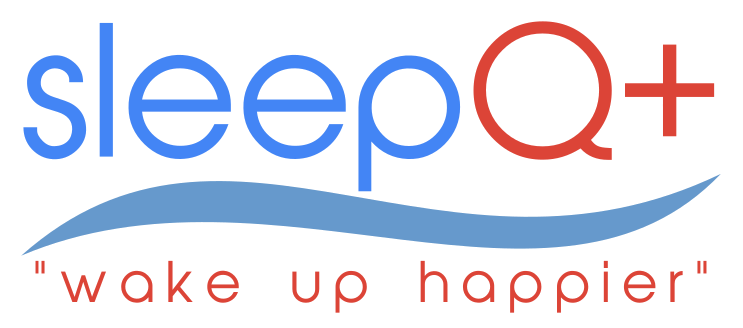November 05, 2016
Comments will be approved before showing up.
March 09, 2025
There is extensive scientific research that supports the link between mouth breathing and sleep disorders.
The nose is nature’s design to deal with air intake. (1) Mouth breathing is linked to reduced exercise capacity (2), snoring, sleep apnea, (3) sleep disorders and attention deficit hyperactive disorder (ADHD) (4) sinus congestion, facial abnormalities (5), allergies, asthma, dental crowding and crooked teeth. (6)
October 21, 2022
July 20, 2022
